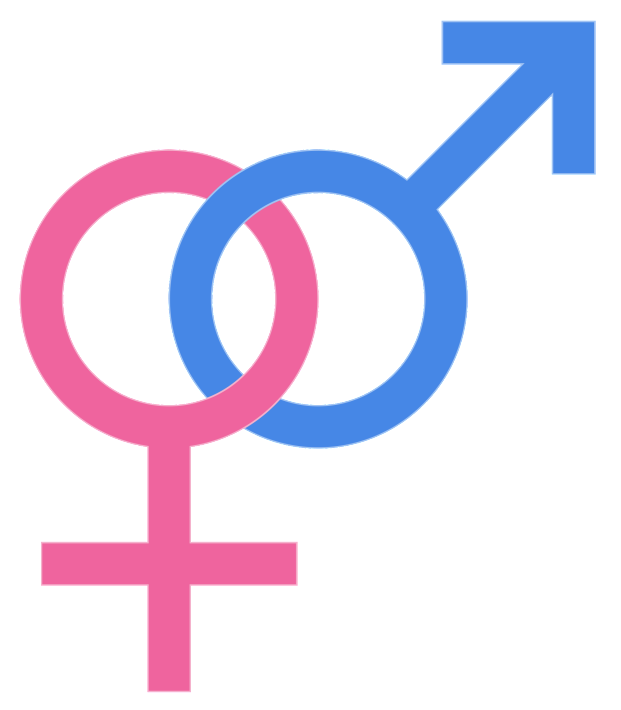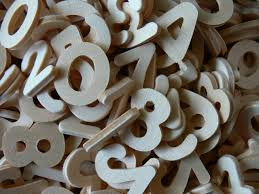Top Mistakes Students of Danish Make
Danish is often said to be one of the easiest languages for native English speakers to learn. That being said, it’s not all smooth sailing. There are pitfalls and stumbling blocks a-plenty. Here are the top nine mistakes that the humble student of the Danish language is prone to making; which ones are your bugbears?
Confusing article genders
 Photo via Wikipedia / Wikipedia
Photo via Wikipedia / Wikipedia
There are two ‘genders’ for Danish nouns, and these are defined either with en or et. There are no rules. House furniture is not knowingly feminine whilst transportation isn’t particularly masculine. The only advice we can offer? Memorize words and their corresponding genders.
Misplacing article genders
It must be something about the structure of our beloved ‘Nordic’ languages that confuses us so much with articles. On paper it looks simple: indefinite are prepositive whilst definite are postpositive. But remembering this when you’re flustered and attempting to communicate is difficult. To give you an example: et hus (a house) and huset (the house).
Forgetting Danish’s extra vowels
Danish wins hands down at ‘language that has the most vowels’. They have the regular a, e, i, o and u, and then in addition: ä, æ and ø, as well as using y as a vowel and a different version of e at the end of words. The main mistake students of Danish make is using vowels as though they were pronounced the same as they are in English.
Assuming an English phrase translates directly
An easy mistake but an ultimately embarrassing one. Take for example the sharing of good news. If you were to translate ‘I’m so happy for you’ into Danish, it looks like this: Jeg er så glad for dig. But what it actually means in Danish is ‘I am attracted to you.’ See the problem?
Not memorizing numbers
The Danish number system is horrific until you have mastered it. Instead of good old 21 being ‘twenty one’, for the Danes, this is ‘one and twenty’ – enogtyve. This might seem a small annoyance, until you try reading out your phone number in double digits…
 Photo via Flickr / Flickr
Photo via Flickr / Flickr
Reversing the word order
For the most part, the word order in Danish is the same as it is in English. When it gets tricky is when something other than the subject of the verb starts the sentence. For example – vi ved at John ikke har læst denne bog translates as ‘we know that John has not read his book’. A literal translation would read ‘we know that John not has read his book’. It’s the smallest of things but causes a world of confusion.
Mixing up the different sounds of the letter D
The soft d in danish sounds rather like a ‘th’ sound, and is found in words like fed – fat. Then there’s the hard d, like dansker – Dane. Finally, there’s the silent d in words such as kende – know. How on earth you are supposed to remember all of these, we don’t know.
Not practicing the guttural R
If there’s one letter that native English speakers struggle with in any language, it’s the letter r. No matter the guise, we always seem to get our tongue stuck around it and fail to use it correctly. The Danish tongue twister of r is in the form of the skarre-r or uvular r, which is a mixture of French and German pronunciation.
So there you have it. Nine things we find a little difficult about Danish. If you’re stuck trying to get your head around the tongue twister rødgrød med fløde (red porridge with cream), why not give it a go in good company? Why not contact us and see what courses are on offer to help you with your language learning?


